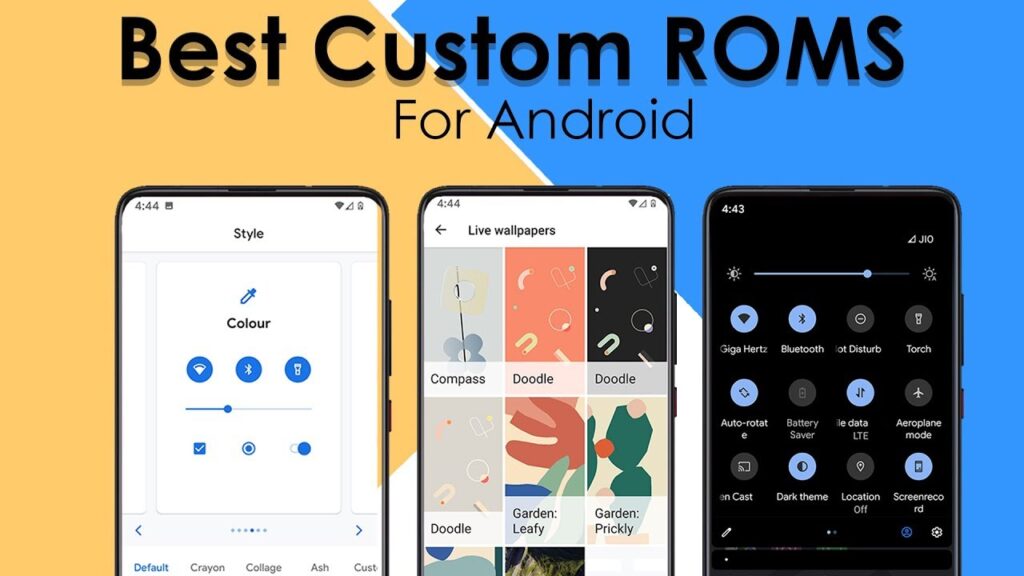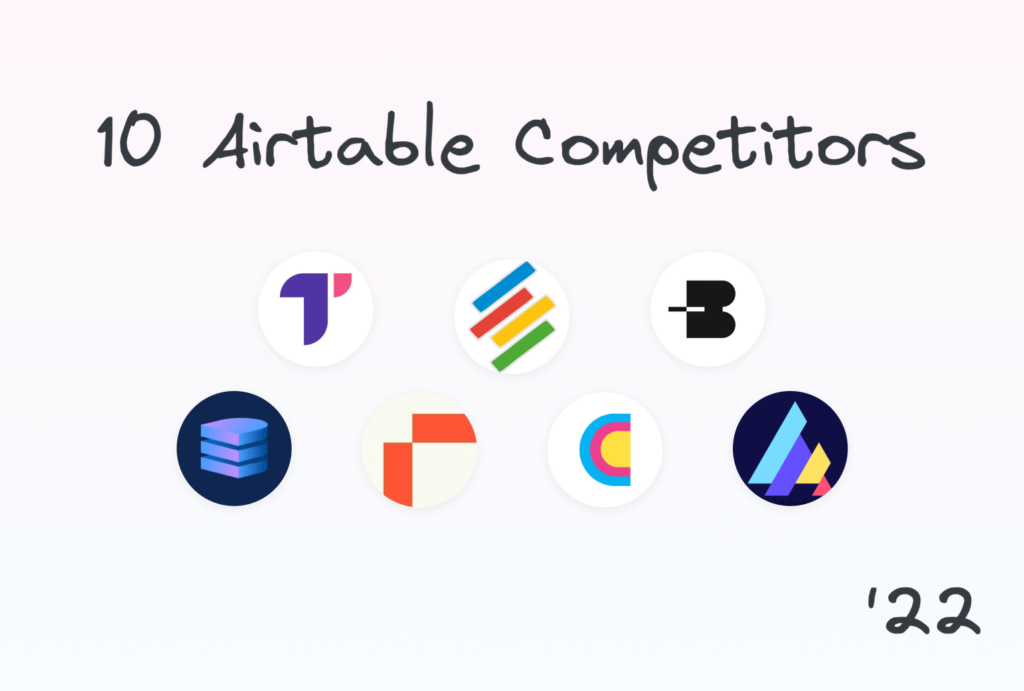
In an unexpected move, Microsoft unveiled a lineup of hardware devices at the Surface event in New York, defying expectations. Among them, the Surface Neo and its accompanying software stole the spotlight. The Surface Neo is a dual-screen, foldable device powered by Windows 10X, Microsoft’s latest operating system. Contrary to speculation, Windows 10X isn’t positioned to supplant Windows 10. In this article, I delve into the essence of Windows 10X and its target audience. Let’s dive in.
Unveiling Windows 10X
Windows users eagerly anticipate a mobile version of Windows 10, yet Windows 10X disappoints in this regard. Functioning as another variant (code-named Santoni) of Windows 10, akin to Windows 10S, it primarily targets foldable and dual-screen devices such as the Surface Neo. Windows 10X boasts numerous optimizations, rendering Windows apps more modular and adaptable to flexible screens. Essentially, it retains the desktop-like functionality of Windows 10 while prioritizing mobility and user convenience.
New Features Overview
Although Microsoft introduced Windows 10X at a public event, they remained tight-lipped regarding its specifics. Currently, details pertaining to core architecture and software remain undisclosed. Nevertheless, gleanings from yesterday’s media briefing allow us to draw certain conclusions.
Starting with UI design, Windows 10X eliminates the start menu in favor of a launcher without live tiles or animation. The taskbar apps are centered, enhancing the mobile-first device aesthetics.
In terms of OS update handling, Windows 10X introduces a seamless update mechanism superior to Windows 10’s current system.
Additionally, it offers features to enhance the foldable experience. When you open an app on one side of the screen, it appears on that side. To utilize the second screen, simply move the app to the center, and it will span both screens, a feature Microsoft calls “Spanning” which functions effectively.
One notable feature is “Wunderbar”. If you connect a keyboard, Windows 10X detects it and switches the second screen to Wunderbar mode. It’s akin to the touch bar on Mac, with ample space to watch videos, open another app, or use the second screen as your touchpad. These are the two unique features of Windows 10X, both still under development. It remains to be seen what further changes Microsoft brings next year to enhance the experience on foldable devices.

The Billion Dollar Question: Which Apps Does Windows 10X Support?
At the launch event, Microsoft emphasized Windows 10X supporting a wide range of applications, including Microsoft Office, Web apps, and PWAs. However, it’s essential to note that Windows 10X solely accommodates UWP (Universal Windows Apps) apps natively and Win32 applications within a container. For clarification, native apps are seamlessly integrated with the operating system, ensuring superior performance without excessive resource consumption. Conversely, containers utilize a subsystem, essentially a framework within Windows 10, equipped with fundamental components for executing a Win32 app. Essentially, Win32 apps operate within a subsystem lacking optimization or deep integration with Windows 10X.
Breaking it down, Microsoft Office, Chromium Edge, and other apps using the older Windows API will run in a container. Microsoft claims performance will match UWP apps, confirmed upon next year’s launch.
Release Date
Windows 10X will launch next Christmas. Insider builds may precede mid-next year for public testing. Microsoft collaborates with global Windows developers for 10X-compatible apps. Additionally, hardware giants like HP, Asus, Dell, and Lenovo plan Fall releases of Windows 10X-powered foldable devices.
Update for Windows 10 Users
Windows 10X is a new product category designed primarily for foldable devices. If you’re using a Windows 10 PC, you won’t receive the update. However, Windows 10X is based on Intel’s architecture, so it may eventually be compatible with standard PCs.
Ready for the New Windows?
While Windows 10X may appear as just another Windows 10 variant, it could revolutionize Microsoft’s position. Having missed the boat on smartphones, Microsoft is eager not to fall behind in the foldable world. The launch of Surface Neo and Windows 10X marks Microsoft’s significant presence in both hardware and software realms. We anticipate Microsoft’s further enhancements in the foldable space over the coming year. Are you excited about Windows 10X? Share your thoughts in the comments below.

Pritam Chopra is a seasoned IT professional and a passionate blogger hailing from the dynamic realm of technology. With an insatiable curiosity for all things tech-related, Pritam has dedicated himself to exploring and unraveling the intricacies of the digital world.



